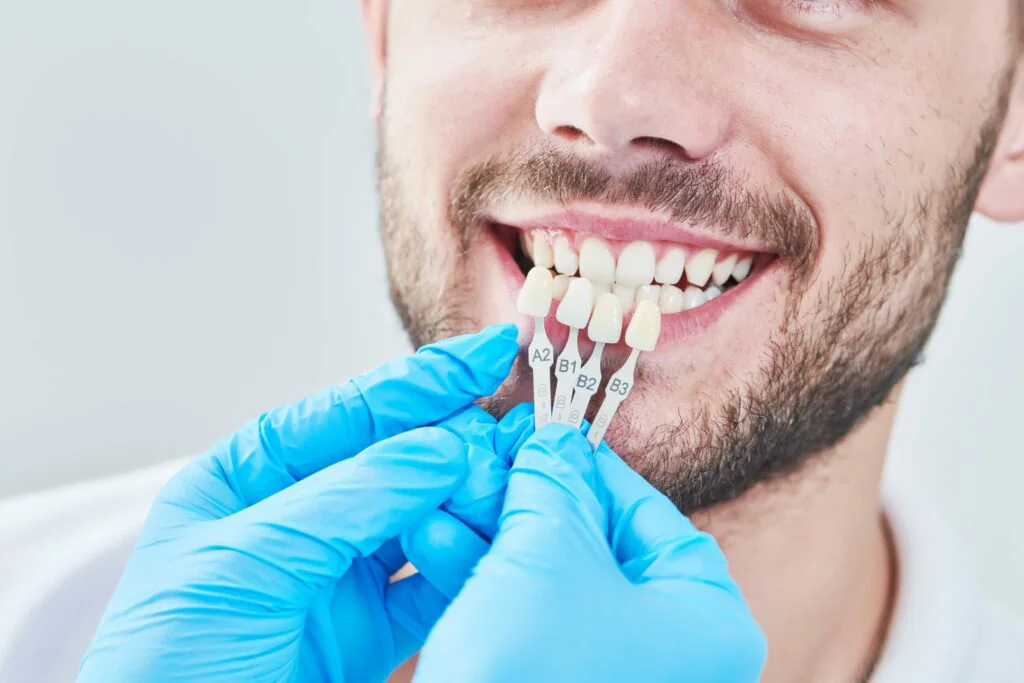Experiencing the sudden, excruciating pain of a dry socket after tooth extraction can be a shocking and unpleasant surprise. Research reveals a startling connection between smoking and the increased risk of this debilitating condition. Our experienced Surprise dentist has seen firsthand the elevated risk of dry sockets among smokers.
This article explores the alarming link between smoking and dry sockets, highlighting the crucial importance of pre- and post-extraction care, especially for smokers. By understanding the risks and taking proactive measures, patients can minimize their chances of developing dry sockets and ensure a smoother recovery.
What is a Dry Socket?
A dry socket, also known as alveolar osteitis, is a painful dental condition that occurs when the blood clot that forms over a tooth extraction site is dislodged, fails to develop, or is prematurely dissolved. This exposes the underlying bone and nerve endings, leading to severe pain, discomfort, and delayed healing. Typically, a blood clot forms over the extraction site, protecting the bone and nerve endings and promoting healing. However, when this clot is disrupted, the bone and nerves are left exposed, causing intense pain that can radiate to the ear, temple, or surrounding areas.
A dry socket is a common complication of tooth extraction, affecting approximately 2-5% of extraction sites, and is often characterized by intense pain, bad breath, and an empty or dry appearance at the extraction site.
Smoking and Dry Socket: Understanding The Connection
Smoking and dry sockets are closely linked, with smokers being at a significantly higher risk of developing this painful condition. Here’s an elaboration of the connection:
Chemicals in Tobacco Smoke
- Nicotine: Constricts blood vessels, reducing blood flow to the extraction site and hindering healing.
- Carbon monoxide: Decreases oxygen delivery to tissues, slowing recovery.
- Tar and other toxins: Damage oral tissues, impairing wound healing.
Mechanisms of Increased Risk
- Impaired blood flow: Reduced oxygenation and nutrient delivery to the extraction site.
- Delayed healing: Smoking slows down the body’s natural healing process.
- Increased inflammation: Smoking promotes inflammation, exacerbating pain.
- Disrupted clot formation: Smoking can prevent or dislodge the blood clot.
Smoking-Related Risk Factors
- Intensity: Heavy smokers are at higher risk.
- Duration: Long-term smokers are more likely to develop dry sockets.
- Timing: Smoking soon after extraction increases risk.
Clinical Implications
- Increased risk: Smokers are 2-4 times more likely to develop dry sockets.
- Prolonged recovery: Smoking delays healing.
- Enhanced pain: Smokers often experience more severe pain.

Prevention and Management
Prevention and management of dry sockets involve a combination of pre-extraction, post-extraction, and ongoing care strategies. Here’s a comprehensive approach:
Pre-Extraction Strategies
- Quit smoking: Ideally, quit smoking at least 24 hours before extraction.
- Inform your dentist: Share your smoking history and any medications.
- Optimize oral health: Ensure good oral hygiene and address any infections.
Post-Extraction Care
- Follow instructions: Adhere to your dentist’s guidance on pain management, diet, and oral hygiene.
- Avoid dislodging the clot: Refrain from smoking, drinking through a straw, or spitting.
- Monitor for symptoms: Watch for signs of dry socket, such as severe pain or bad breath.
Management of Dry Socket
- Pain management: Consult your dentist for effective pain relief options.
- Medicated dressings: Your dentist may apply a medicated dressing to promote healing.
- Follow-up appointments: Schedule regular check-ups to monitor healing.
Wrapping Up
The surprising link between smoking and dry socket prevalence underscores the critical importance of smoking cessation in oral health. Smoking’s harmful chemicals significantly increase the risk of dry socket, leading to prolonged recovery, increased pain, and compromised healing. By quitting smoking before and after tooth extraction, individuals can substantially reduce this risk. Dentists and healthcare providers play a vital role in educating patients about this connection and promoting smoking cessation.
Through awareness, prevention strategies, and effective management, we can minimize the incidence of dry sockets and foster optimal oral health outcomes, especially among vulnerable smoking populations.





